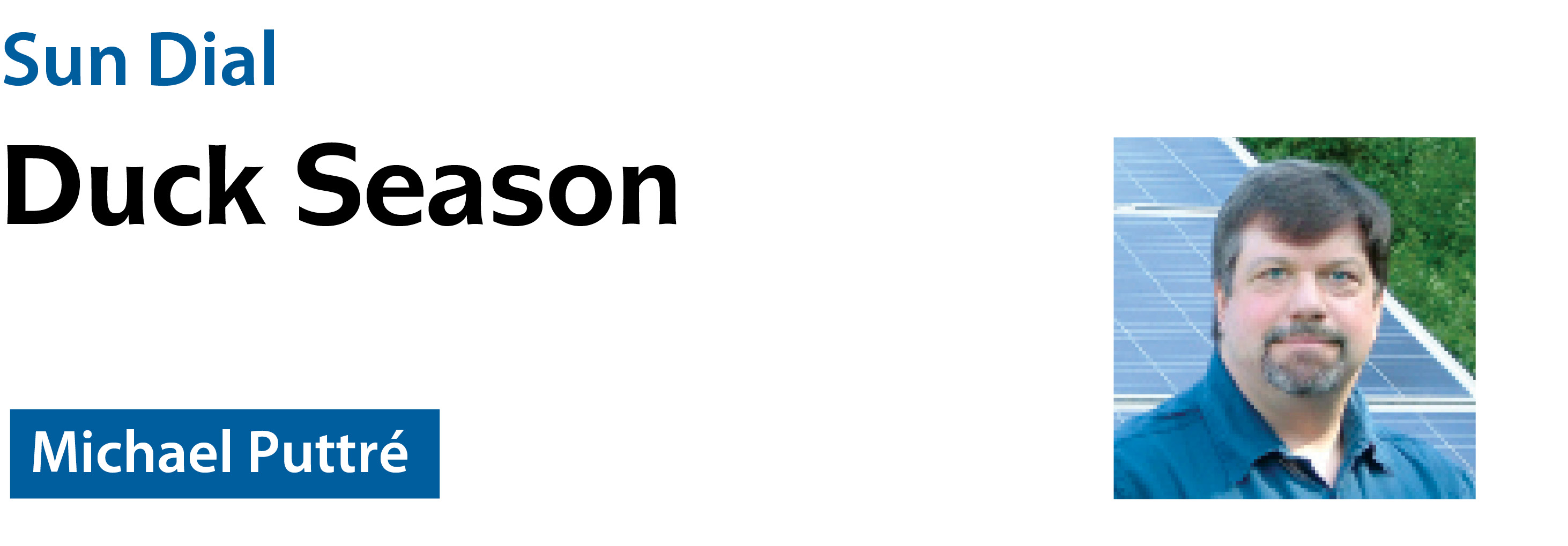

301 Moved Permanently
Utility planners and independent system operators (ISOs) have come to describe the net load curves produced by the varying demands and supply of energy over the course of a typical day as resembling ducks. Heather Sanders, director of regulatory affairs for distributed generation at the California ISO, says her studies have produced a “flock of ducks,” with individuals representing various seasonal conditions.
Dora Nakafuji, director of renewable energy planning at Hawaiian Electric, calls one of her load curves “Nessie,” due to the long neck arising late in the day.
The disparity between generation and demands on the grid is not something that may be tolerated or safely ignored. Baseline generating resources for the grid have to be able to respond to the disparity, even when they are not needed at the moment. In such conditions, the generators are like idling vehicles, consuming resources and - except in the case of nuclear - emitting pollution, including carbon dioxide.
A recent report co-produced by three U.S. Department of Energy laboratories details the costs of integrating solar photovoltaic generating resources into utility system operations. The report outlines a framework for providing grid flexibility under various scenarios of PV grid penetration. Flexibility tends to come in the form of a cadre of non-variable generating resources, such as coal, natural gas and nuclear plants.
Chris Edgette, senior advisor to the California Energy Storage Alliance, says providing grid flexibility could end up offsetting, if not canceling, the greenhouse gas benefits that are one of the hallmark benefits of renewable energy sources such as solar and wind. Thus, the deployment of large amounts of grid-connected renewables undermines a key benefit by their variable nature.
Fortunately, a solution for providing grid flexibility while retaining environmental benefits is emerging in the form of energy storage systems (ESS). While grid-connected ESS is not entirely new, planners in California are coming to view ESS as a flexible generating resource, capable of ramping up quickly to compensate for variations in renewable sources.
Best of all, battery-based ESS has the ability to store solar power during intervals of high solar irradiance and slackened demand for discharge later when the reverse is true. Solar-plus-storage seems like the perfect equipment for duck hunting. S
SUN DIAL
SUN DIAL
si body si body i si body bi si body b
si depbio
- si bullets
si sh
si subhead
pullquote
si first graph
si sh no rule
si last graph